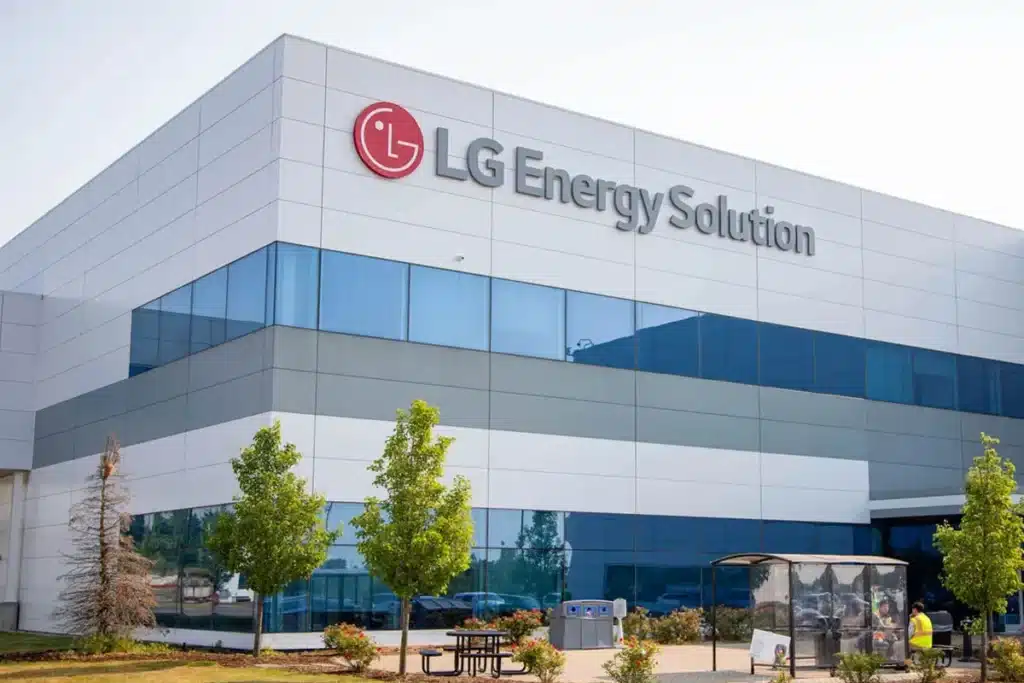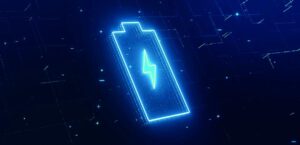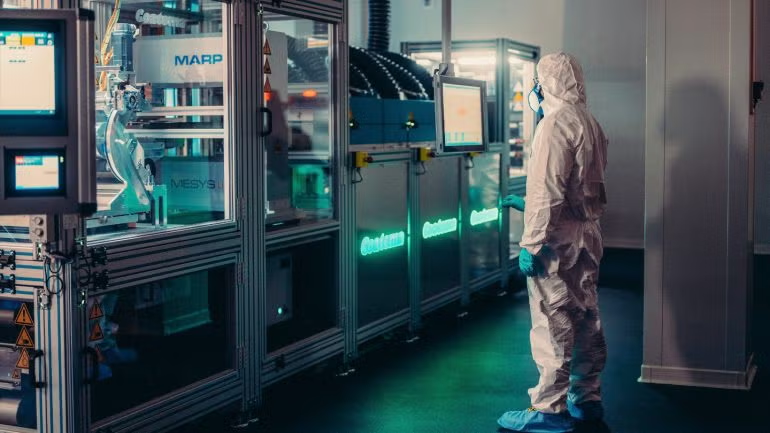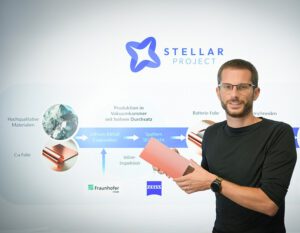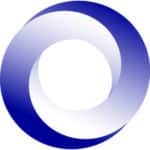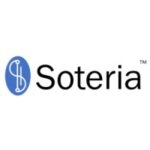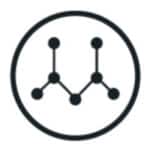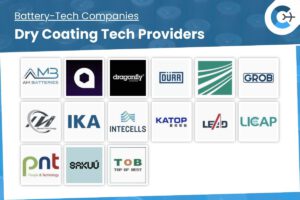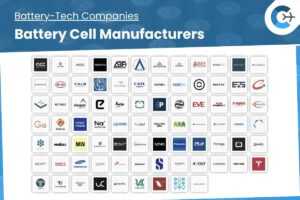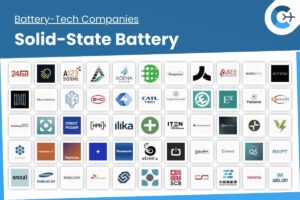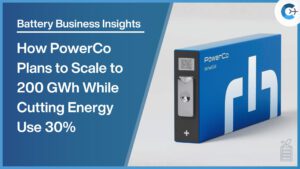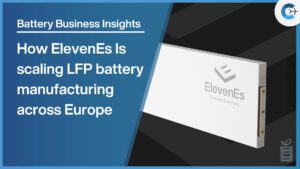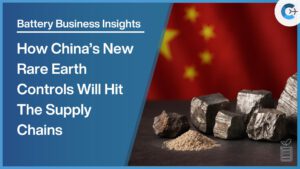On October 30, 2025, LG Energy Solution reported third-quarter financial results, achieving consolidated revenue of KRW 5.7 trillion, a 2.4 percent increase from the previous quarter, and operating profit of KRW 601.3 billion, up 22.2 percent quarter-on-quarter, for a 10.5 percent margin. The results include a KRW 365.5 billion production incentive from North American operations.
Despite the expiry of U.S. EV subsidies dampening demand for pouch-type cells, LG Energy Solution sustained revenue growth through higher energy storage system (ESS) output at its Michigan facility and the introduction of new cylindrical and pouch-type products for automotive and IT customers. Operating profit improvements were driven by expanded U.S. ESS production, the start of mass production for a new cylindrical battery format, and ongoing cost-reduction measures.
By the end of Q3, the company had secured approximately 120 GWh of ESS battery orders, covering both residential and grid-scale projects, and 107 GWh in new agreements for its 46-Series cylindrical batteries—bringing the total cylindrical backlog to over 300 GWh. These contracts support regional capacity expansion and reduce reliance on Chinese supply chains.
In Canada, LG Energy Solution advanced its joint venture with Stellantis from module manufacturing toward battery cell production, with potential non-EV applications under evaluation. On the materials front, the company developed quick-charging lithium metal battery technology and signed an offtake deal for up to 40,000 tons of lithium carbonate to reinforce its U.S. supply chain.
Looking ahead, LG Energy Solution expects a short-term slowdown in U.S. EV sales post-subsidy, offset by increased hybrid and plug-in hybrid demand, while European EV growth remains stable due to purchase incentives and CO₂ regulations. A robust U.S. ESS market—driven by AI data centers—and rising European renewable integration should support ESS demand.
To address evolving market needs, LG Energy Solution will diversify its EV battery offerings across chemistries and formats: high-nickel pouch and 46-Series cylindrical cells for performance segments; mid-nickel NCM for standard vehicles; LFP pouch cells with dry-electrode technology for affordable models; and developing lithium-manganese-rich prismatic cells. In ESS, the company plans to deliver high-density long pouch cells and introduce LFP prismatic batteries by 2027, while enhancing efficiency through AI-driven automation and digital transformation initiatives.
Source: LG Energy

